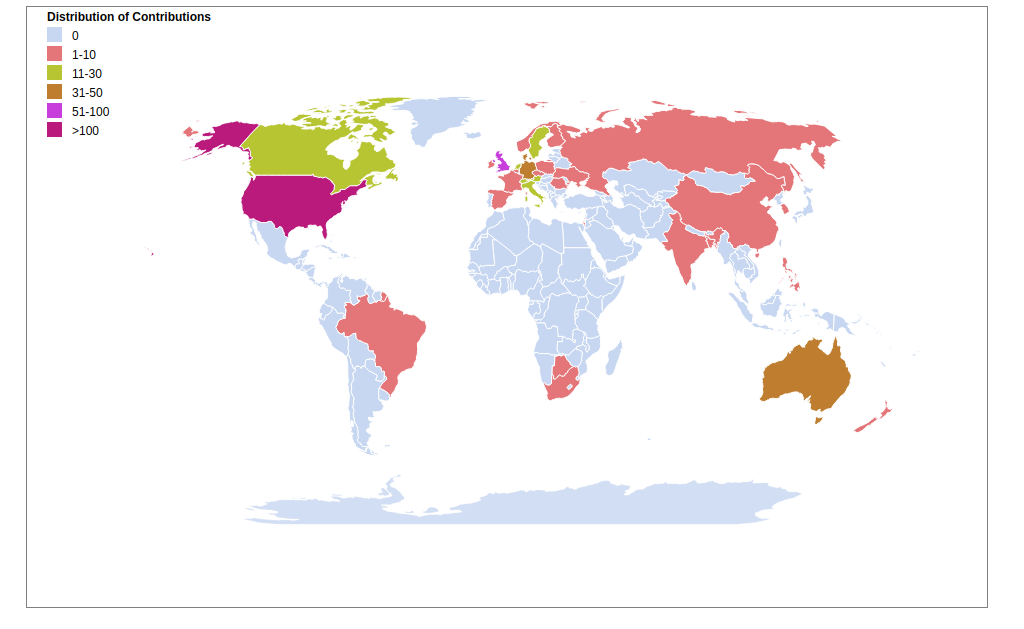
Current methods in Citizen Science engagement
Francisco Sanz
July 26, 2020, 3:56 p.m.
Article written by Tiberius Ignat, Olga Stepankova and Huma Shah
A new citizen science research and innovation project has
produced its first public report: best methods in citizen science
engagement. The project, Citizen scientists investigating cookies and
app GDPR compliance (CSI-COP), is funded under the EU Horizon2020 science
with and for society (SwafS) scheme. This report is a result of exhaustive
literature review. With the next expected research report, on the challenges
for diverse citizen science engagement, this report will lead to the development
of CSI-COP project framework. Applying the best practices in inclusive
citizen science recruitment and engagement, CSI-COP’s cohort of citizen
scientists will assess online privacy by probing digital tracking
technologies.
Report focused on CSI-COP’s research questions:
- Whether citizen scientists developed scientific skills and competences?
- If participation acted as a motivator leading to informal and formal science education of young people and adults?
- Whether participation countered perceived anti-intellectual attitudes in society?
- Whether participation raised the scientific literacy of European citizens?
- Whether participation promotes social inclusion and employability?
- Best tools for citizen science reporting and interaction with researchers?
- Best platform for managing citizen science’s data collection?
- What are the existing types of platforms used by citizen scientists and their experiences with them?
- Challenges in management of collected data?
- Online support - requirements and experiences of citizen scientists?
Summary of findings are:
Participation in citizen science projects provides further learning opportunities for inquiring minds, with the activities extending the learning experience. As an informal learning experience, citizen science is notable for involving many of the procedures of formal science, including gathering data, testing hypotheses, and modelling outcomes. Through engagement with professional scientists, citizen scientists gain valuable access to opportunity to learn and to generate new knowledge.
Volunteers participate in citizen science projects for many reasons, such as a willingness and a desire to contribute to science, learn science, and for fun. Studies showed that volunteers' motivation to participate included a number of factors such as values, altruism and concern for others, understanding, social, career, ego protective, escape from negative feelings, ego enhancement, personal growth and self-esteem.
CSI-COP referred to various sources of information: journal and
conference papers, webpages, official reports, books, book chapters, professional
blogs, doctoral theses, and other sources of reliable information. The vast
majority of the sources were journal articles (just under 56%). Citizen science
activity is well communicated through webpages and blogs (aggregate number of
CSI-COP D2.1 source: 23.48%). Figure 1 illustrates a map of the spread of these sources. A massive
concentration of citizen science activities exist in USA, Germany, UK,
Australia and a few other countries.
Figure 1:
Spread of Information Sources around the world in CSI-COP D2.1
More information on CSI-COP can be found on the project website. Full report, with detailed answers to CSI-COP’s research questions, can be downloaded from:
- CSI-COP website ‘Project Results’ page here
- Zenodo platform with DOI: 10.5281/zenodo.3899478
Communications contact for the project is Dr. Huma Shah:
ab7778@coventry.ac.uk